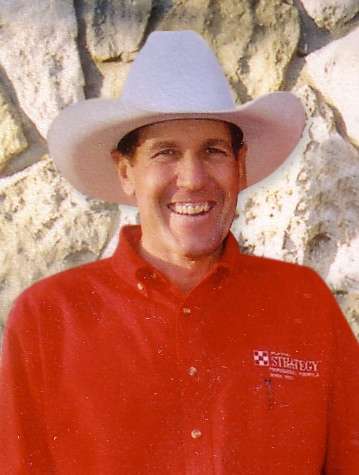“Large round bales of hay are a common sight in fields throughout the Midwest.”
It’s more apparent this year because most farmers and ranchers had a bumper hay crop due to cooperative weather conditions. Some operations have reported more than twice, sometimes three times, the production of a year ago.
Most of the bales will be moved from the fields into storage for feeding throughout the coming months. It is not good to leave bales on the fields because the grass under them is either damaged or destroyed.
Baled hay constitutes the highest percentage of winter feed cost wrapped up in a cow. The production of hay uses immense resources, and the ration is affected by hay quality.
Storing big bales by lining them up along the fence row on the ground without cover is often easy. But there is generally high spoilage when compared to other methods of storage.
Research shows outdoor storage losses range from five to 35 percent, which can be reduced by two-thirds with indoor storage and be reduced by 50 percent with good plastic covering outdoors.
A dense bale will shed more precipitation, sag less, and have less surface area to absorb moisture. Net wrap reduces bale sag with a tight, smooth surface that will resist weathering, insects, and rodents.
Bales on a well-drained location with a four-to-six-inch coarse rock base will minimize bottom spoilage. It’s best to store bales end-to-end, in rows, facing in a northwest to southeastern direction with adjacent lines at least 10 feet apart. Stacking bales usually increase losses.
It should be recognized that there’s no one “right way” for everyone when it comes to hay storage.
Spoilage, or weathering, is the result of moisture getting into bales, and temperature accelerating bacterial breakdown of the cellulose. Warmer temperatures, combined with moisture, increase bale deterioration.
Moisture gets into bales in three ways rainfall, snowmelt, and humidity. The tops of bales absorb moisture from rain and snowmelt, while the bottom wicks moisture from the ground.
There is a remarkable dollar difference in a 25 percent loss on $200 per ton of hay versus $100 per ton hay. The better the hay quality, the more can be saved by putting big round hay bales under storage.
Reminded of John 6:12: “Gather up the leftover hay, so that nothing will be wasted.”
+++ALLELUIA+++
XVIII–39–9-23-2-24
Storage Affects Bale Waste
A Cowboy’s Faith





